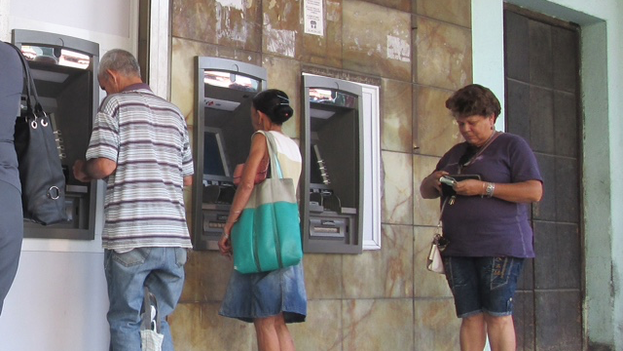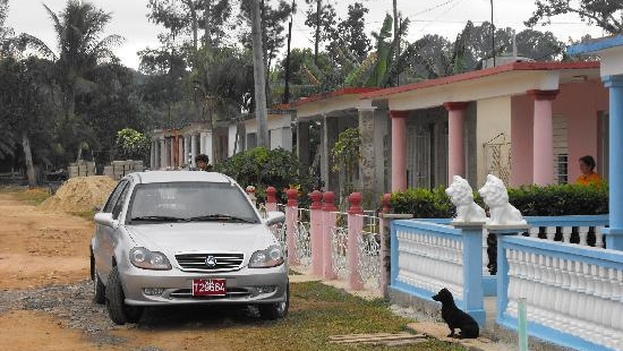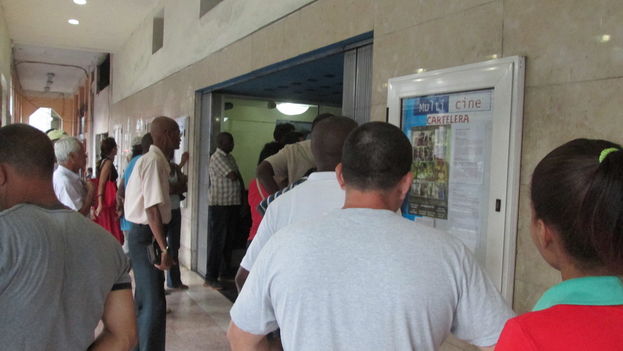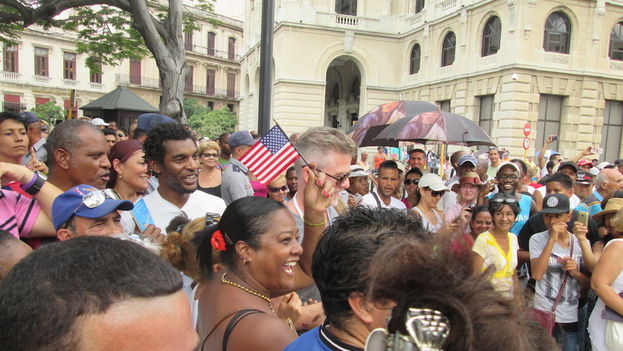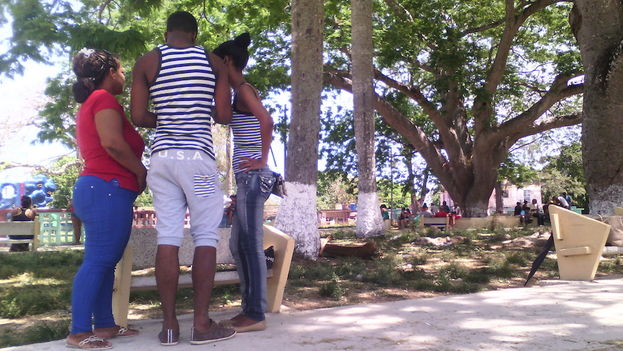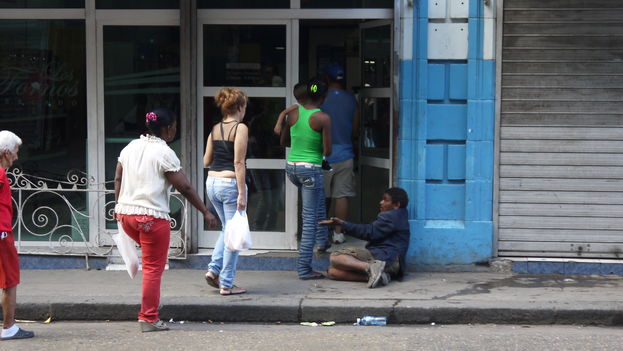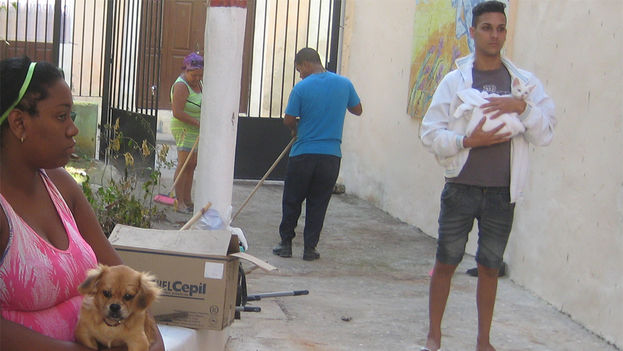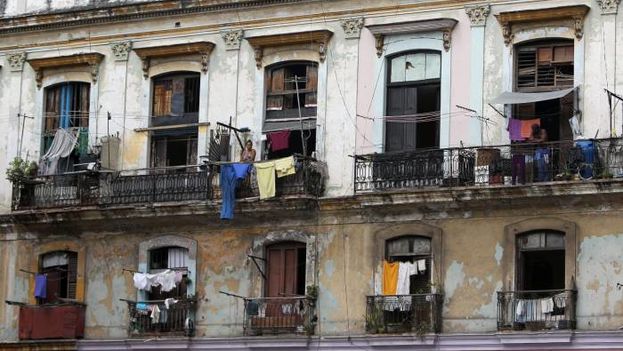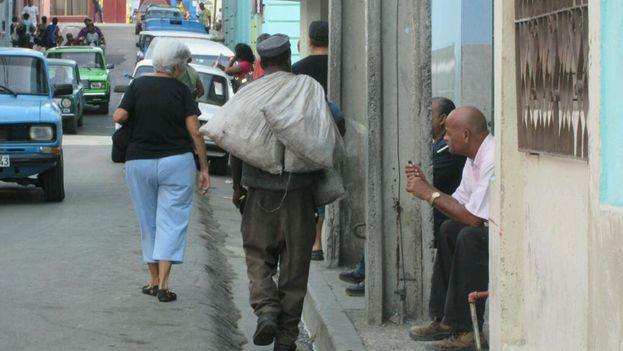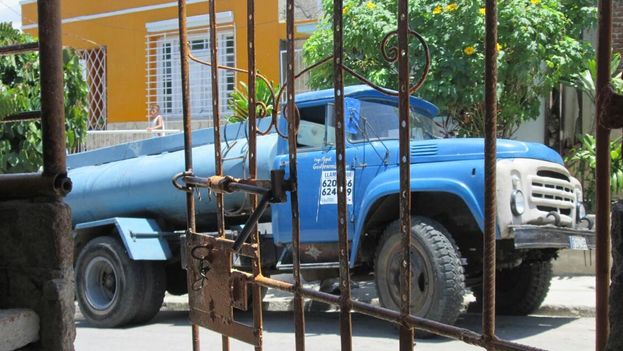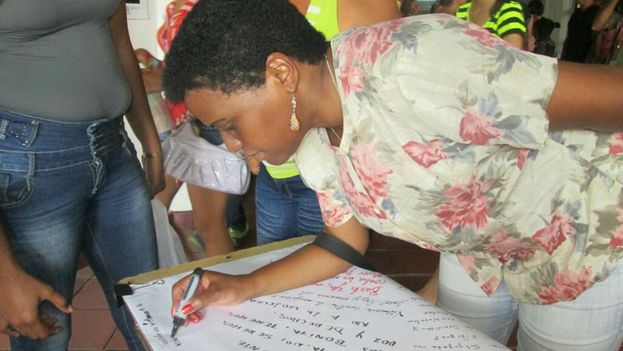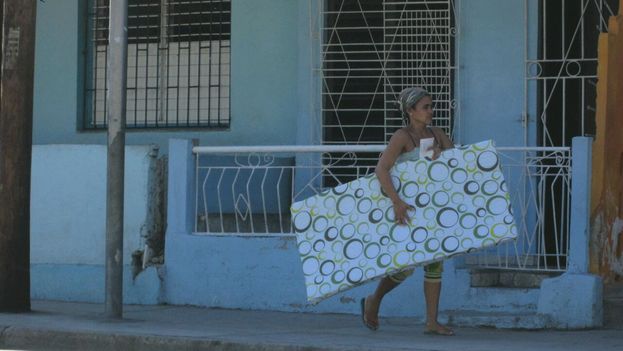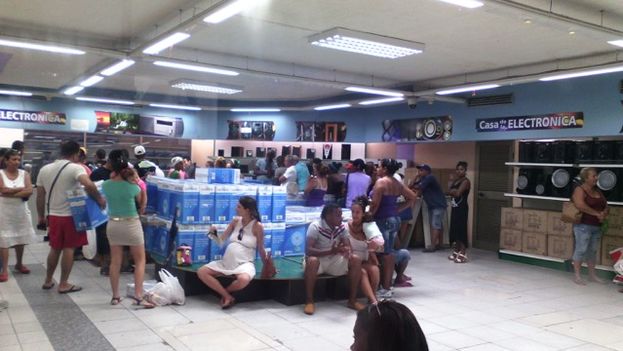
![]() 14ymedio, Yosmany Mayeta Labrada, Havana, 30 June 2016 – The star of home appliances in Cuban homes is not the television, nor even the powerful refrigerator. In the summer, the leading role belongs to a less serious but very important object for heat relief: the fan. But what happens when buying one of these pieces of equipment becomes a real battle against shortages, lines and bureaucracy?
14ymedio, Yosmany Mayeta Labrada, Havana, 30 June 2016 – The star of home appliances in Cuban homes is not the television, nor even the powerful refrigerator. In the summer, the leading role belongs to a less serious but very important object for heat relief: the fan. But what happens when buying one of these pieces of equipment becomes a real battle against shortages, lines and bureaucracy?
For several weeks, temperatures have exceeded 86 degrees throughout the country, and like every year, the demand for fans is skyrocketing. However, in the government’s chain of “Hard Currency Collection Stores” (TRDs), the supply of these devices fails again, especially in Havana’s most populous districts, among which are Centro Havana, Cerro and 10 de Octubre. continue reading
Last weekend customers in the long lines in the centrally located Carlos III Business Plaza were alerted about the arrival of a new batch of fans. “They came!” shouted an employee to those awaiting the unloading of the coveted merchandise. Two hours later, more than a hundred people waited to carry home their “friend” with blades and motor.
“They didn’t come for more than a month,” explained an employee to 14ymedio while he helped test one of the devices for a family that arrived with two small children. Consumers came from several areas of the city since it’s the “only place they’ve supplied with them,” commented a worker from the nearby Nguyen Van Troi clinic.
The great flow of customers and the poorly functioning air conditioning in the well-known store made fan buyers resort to newspapers or magazine covers in order to fan themselves in the midst of the intense heat of the facilities.
“I don’t leave my house without my personal fan,” explains Eneida, a teacher who is dedicated to tutoring students for university entrance exams. “This is my special fan, it never fails, I don’t have to wait hours to buy one, and it doesn’t need electricity,” the woman says ironically about her popular fan, made with a thin wooden slat and colored cardboard.
One of the rooms in which they sell scarce equipment was also set up to relieve the long lines in the Carlos III Plaza electronics department. The prices of these pieces of equipment approached 34.45 CUC, the monthly salary of a Public Health professional, in spite of the fact that they are of low quality and have a high rate of returns because of technical defects.
A tour carried out by this daily of other stores in the city yielded similar results. In the majority of them there are no fans for sale, not even the most expensive ones that commonly “don’t sell as fast,” according to an employee of the Puentes Grandes mall.
The location, in the west part of the capital, has not received devices of this kind for more than four weeks and “all those that arrived last month were returned by customers because they had problems,” added the worker.
Other provinces also suffer the fan shortage, among them Santiago de Cuba, known for its high summer temperatures. In the store at Troch and Cristina, a scalper whispers of the sale of a turn in line to access the business and reach one of the few fans on display. At a price of 39.45 CUC, the devices ran out before midday, to the annoyance of buyers and under the watchful gaze of several police officers who were guarding the place to prevent hoarding and fights.
The black market is delighted with the shortage situation of the in-demand appliance. In the illegal distribution networks prices have soared, and advertisements on digital classified sites offer products that are scarce in the state sector.
“I have pedestal fans called Cyclones that throw out a world of air,” said a young man outside of the Carlos III Plaza among the eager buyers who were waiting to enter the electronics department. “They are made in the USA and have remote control,” proclaimed the salesman who, for 90 CUC (roughly $90 US), heralded “a bargain and no waiting in line.”
Translated by Mary Lou Keel

